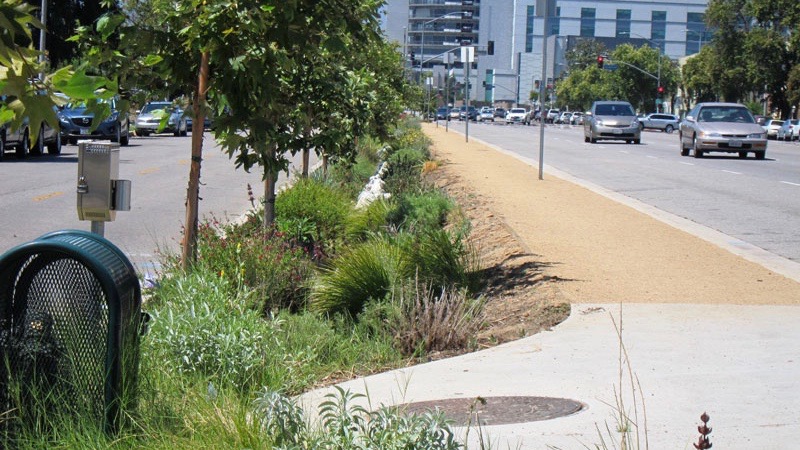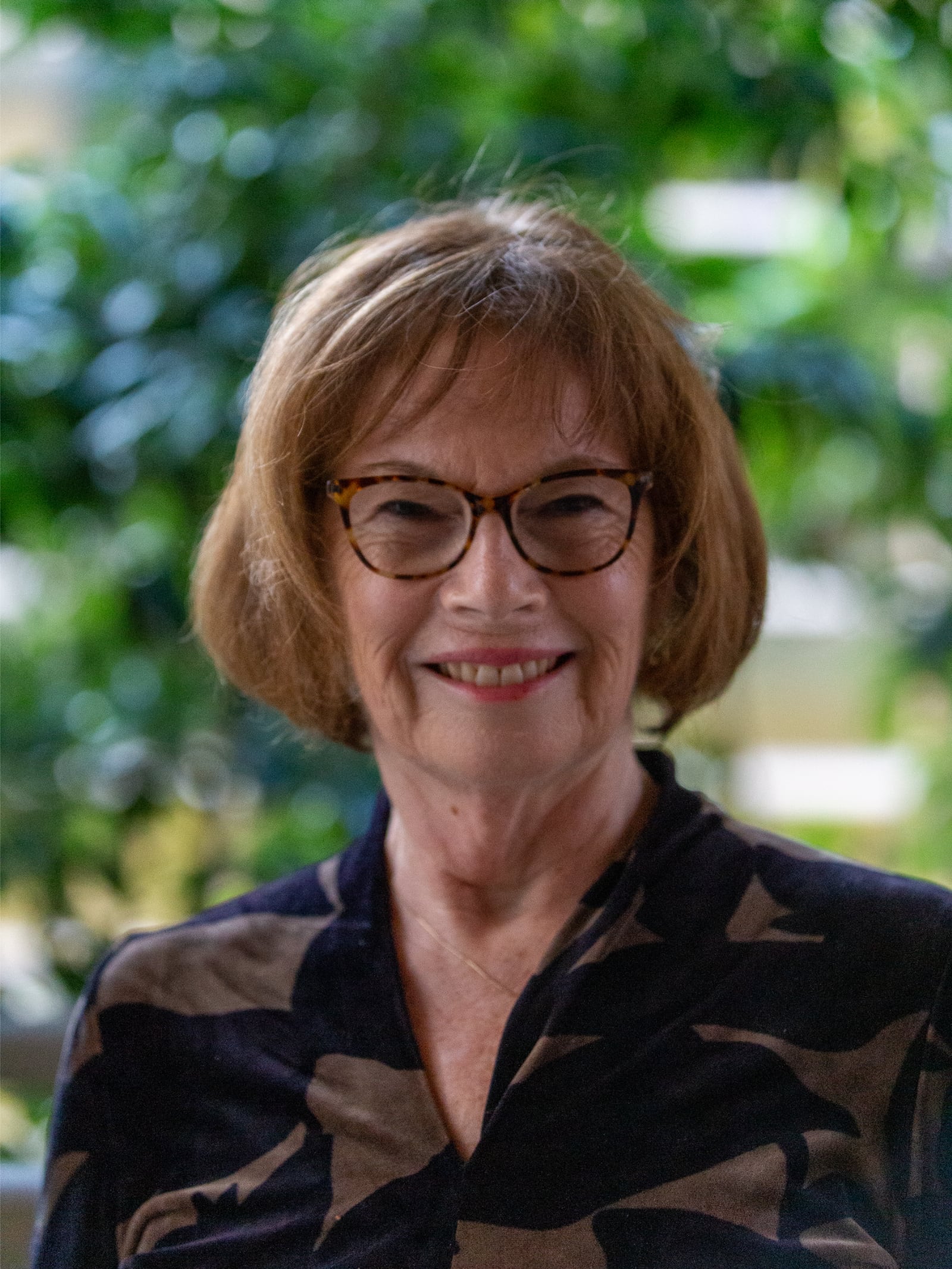“Whiskey is for drinking and water is for fighting over” Mark Twain, (attributed)
This old adage has been quoted extensively, perhaps more in reference to California than any other place. The battle over water between north and south, rural area and urban, has been going on for more than a century. But while the state fights on about water, there is an extraordinary local consensus about water has evolved in urban Los Angeles County, with over 9 million residents. Many of the 100 plus water retailers in Los Angeles County have relied, either in part or completely, on water imported from the Sierras and the Colorado River. Now, neither sources is as reliable, nor as clean as it used to be. Between climate change, the environmental crisis in the Delta, the need to leave some water for nature and growth in other areas, stakeholders in LA County controversy understand and agree that this region need more local water in our supply portfolio to increase water reliability and quality.
Consensus plans to capture more stormwater, recycle more highly treated wastewater, and clean up our groundwater basins to store both, have been approved all over LA County. Over the last decade, many green stormwater capture infrastructure projects have been built to test different approaches and keep polluted stormwater out of the ocean. But now that the stormwater infrastructure approaches are proven, the challenge is to finance the transition from gray to green stormwater infrastructure, on a metropolitan scale. Retrofitting a hardened stormwater system and “daylighting” a paved over Los Angeles Metropolitan area that shoots floodwater down hardened channels as fast as possible to the ocean to a system that keeps water out of the channels, slows it down, captures and stores water while still providing flood control functions, is not an easy or inexpensive endeavor.
IoES faculty have teamed up across the campus with local agencies to help understand how to create the institutional capacity, the partnerships and the funding necessary to make these metropolitan plans a reality. The IoES Center for Climate Science and the IoES Water Resources Groups worked together with the Luskin Center for Innovation and the UCLA Sustainable LA Project in 2015 and 2016 to convene two workshops bringing together academic experts, water and public works agencies, groundwater managers, water quality regulators and nonprofit groups at two workshops, to find out what UCLA could do to help expand stormwater capture.
At the first workshop, we discussed the three major stormwater capture plans just being finished by the County of Los Angeles with the US Bureau of Reclamation, The City of Los Angeles, and the County of Los Angeles and all of the Municipal Stormwater Permittees. We discussed the largest impediment: while there is technology to measure the amount of water captured by a stormwater project, there is no current way to estimate how much of the captured stormwater actually infiltrates to groundwater where it can be extracted and used. So water supply captured in this way is hard to monetize. Subsequently, UCLA faculty, led by Professors Steve Margulies, Alex Hall, Mark Gold and Terry Hogue of the Colorado School of Mines began to work with the USGS Water Science Center and the Water Replenishment District of Southern California to devise a research project to develop a first time hydrogeology model to estimate the water supply benefits from stormwater projects in different locations in the groundwater basins of Los Angeles County.
In the second workshop, we convened stakeholders again to learn more about the groundwater basins of urban LA County, their governance, “groundwater’ rights and the importance of groundwater replenishment to the sustainability of these basins. We discussed different ways in which water supply from stormwater infrastructure could be financed, by giving extraction rights to the project sponsors, or by creating financing partnerships between the groundwater rights holders and the stormwater infrastructure builders. Most importantly, the water agencies seemed willing to use the modelling approach to estimate water supply benefits if the water captured was not already going to be infiltrated to groundwater elsewhere. We laid the groundwork for a water market.
These discussions, working with the ultimate users of the model that UCLA Water Experts will collaborate on with agency scientists, will make sure that the model is trusted and used and used by the parties that need to use it. In this way, UCLA Water Group faculty will collaborate on a project that will monetize the water supply benefits of local stormwater capture and help these projects succeed.
Photo: Permeable sidewalk and bioswale — which collects urban and storm water runoff and provides habitat, located on Woodman Avenue, Los Angeles. Photo credit: Amy Quinton


